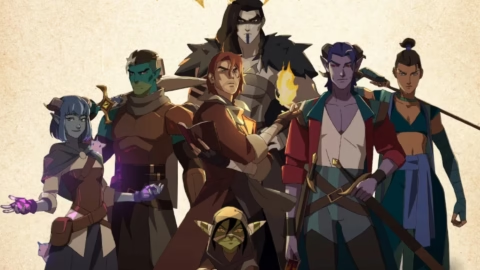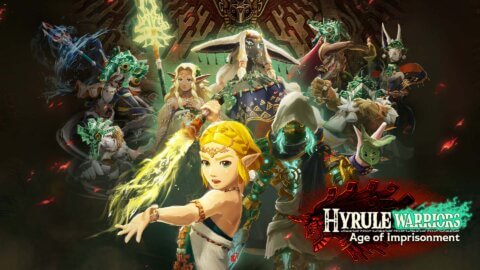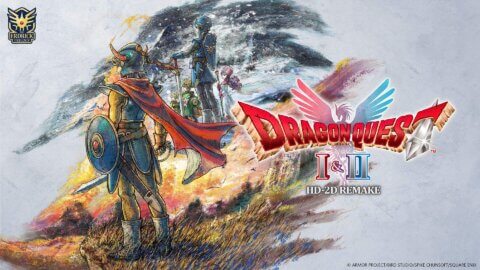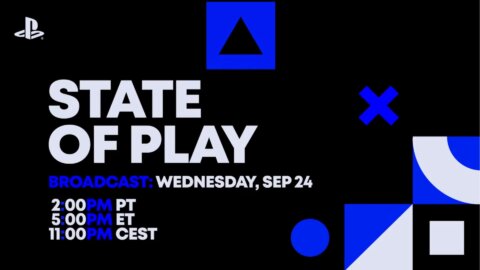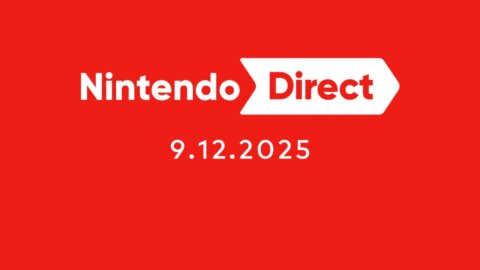Bloober Team are no strangers to the world of horror games, having released numerous spooky titles over the past 10 years or so. Then just mere months after releasing last year’s amazing Silent Hill 2 Remake, they revealed they had another horror game, a brand new IP in the works. That instantly got me interested. Cronos: The New Dawn wears its Dead Space and Resident Evil influences proudly. I was curious if they could strike gold with their own IP after their recent success. Now after finishing the game, I can safely say they didn’t just borrow from the greats, they built something that is my personal favourite original horror game they’ve ever put out.
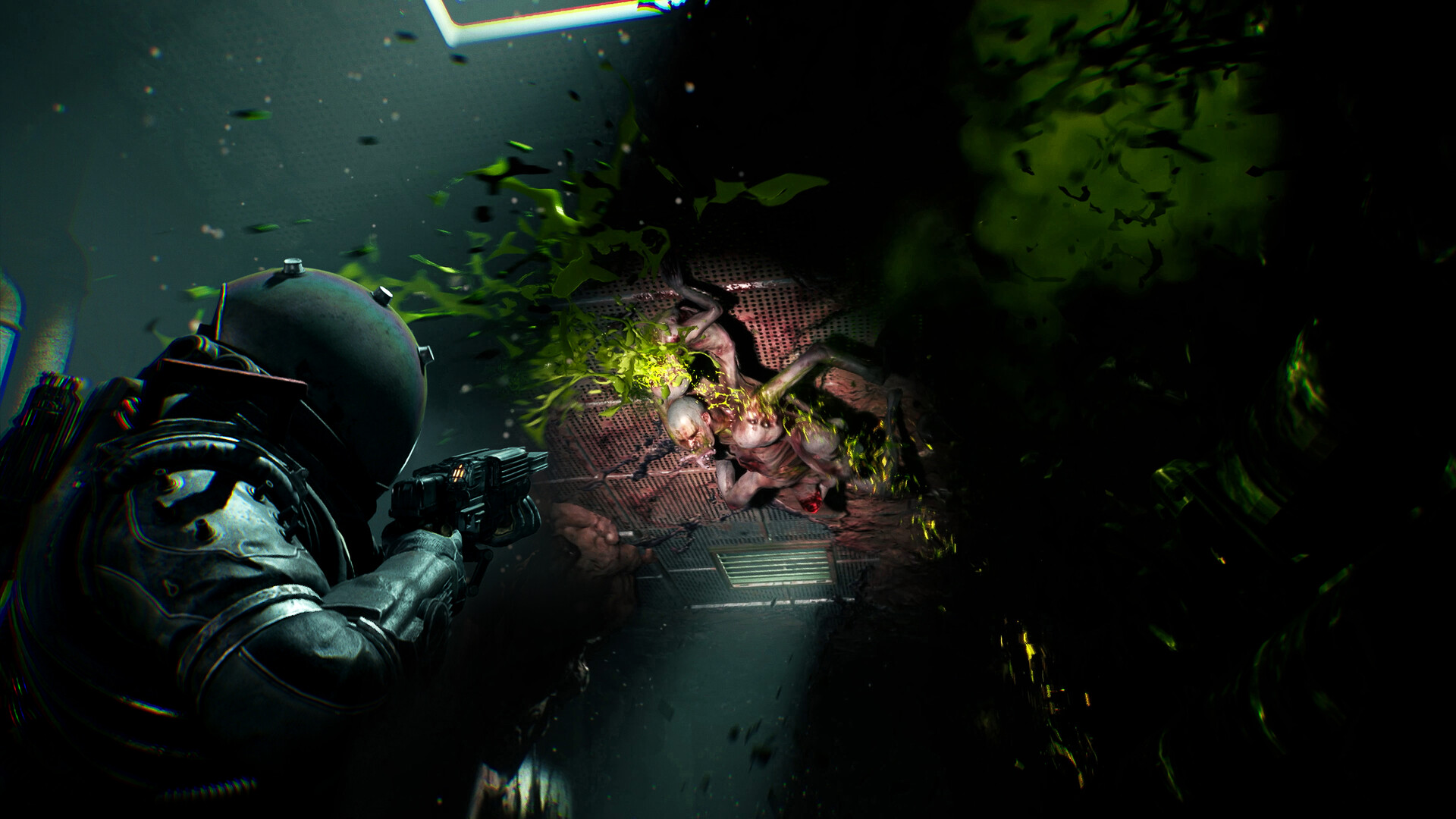
Cronos: The New Dawn throws you into an alternate-history version of Poland, where the world has been devastated by an event known only as “The Change.” This cataclysm twisted humanity into grotesque monsters called Orphans. You play as The Traveller ND-3576, a lone agent of a shadowy group called the Collective, tasked with carrying out something known as “the Vocation.”
The Vocation’s goal is deceptively simple, you must survive the hostile wasteland long enough to locate points that allow you to travel back in time to Poland during the 1980s. Once there, your mission is to extract individuals who didn’t survive the Change in the original timeline. These people are apparently critical to the Collective’s grand design. It’s a fascinating hook because the game doesn’t spoon-feed you details. You piece things together by combing through abandoned facilities, scavenging audio logs left behind by other Travelers, and observing how the world reacts to your actions. It does take some time to all come together, but by the end it all clicks and it strengthens everything that came before it.
I’ve always had a weakness for time-travel stories, and here it’s used with great effect and intelligence. There’s no cheap paradox gimmickry. Instead, Bloober builds tension by making every jump back to the past feel like entering a fragile space where history itself could splinter. It’s clever, and it kept me hungry to see what was waiting around the next corner, and further uncover what events went down to leave the world in the present day’s state.
If Bloober Team is known for one thing, it’s atmosphere, and Cronos may be their most oppressive work yet. From the opening moments, the game establishes a mood of bleak isolation. Dilapidated buildings lean like corpses. Streets are silent, save for the crunch of your footsteps and the distant groan of some unseen horror.
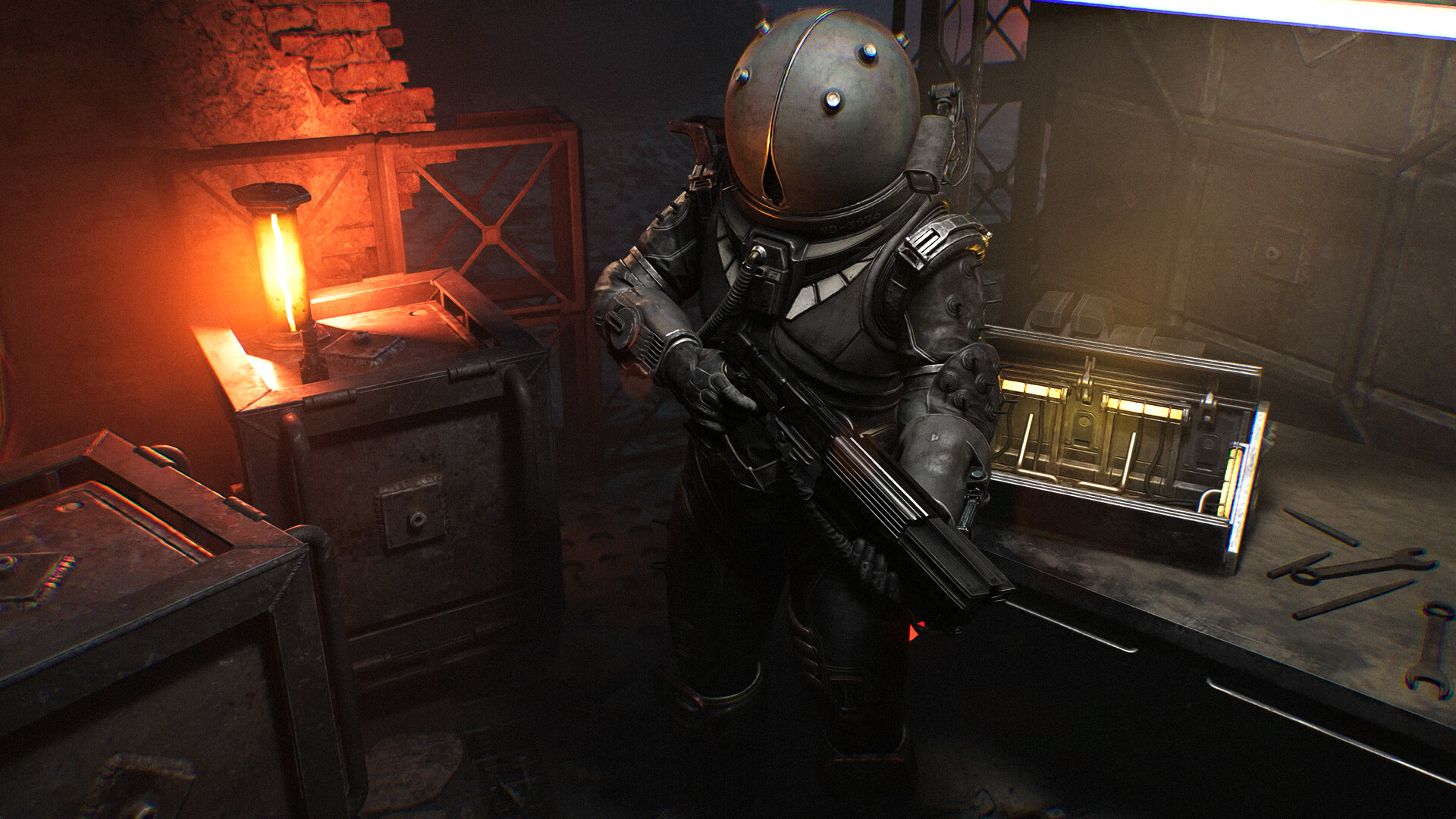
Lighting plays a huge role in unsettling you. Darkness isn’t just a backdrop here, it’s a weapon. Shadows stretch unnaturally across corridors. Your flashlight feels pitiful against the void, working just enough to make you imagine what’s waiting outside its reach. I can’t count the number of times I rounded a corner, fully expecting something to lunge out, only for nothing to happen, leaving me twice as anxious the next time.
The stars of this nightmare are the Orphans. Their design is a grotesque blend of rotting flesh, jagged spikes, and writhing tentacles, like failed experiments left to rot. They don’t just look disturbing, they’re built to keep you on edge. Taking one down is never easy, they soak up bullets and punish sloppy aim.
But the real terror kicks in when you let two of them merge. Yes, merge. If two Orphans are close enough, they can fuse into a towering monstrosity. The process is horrifying to watch, limbs twist, torsos rip open, and the thing that emerges is not just stronger, but faster and more aggressive. When it happens, your manageable fight turns into a desperate scramble for survival. After the first time it happened, I learned to prioritize separating enemies before things spiraled out of control.
At its heart, Cronos is pure survival horror. Ammo is brutally scarce. Every bullet matters. I can’t tell you how many times I walked into a fight with only a handful of rounds, praying my aim wouldn’t betray me. Miss a few shots, and suddenly you’re cornered, out of resources, and forced to make tough choices, burn through precious healing items or risk dying and reloading an earlier save.
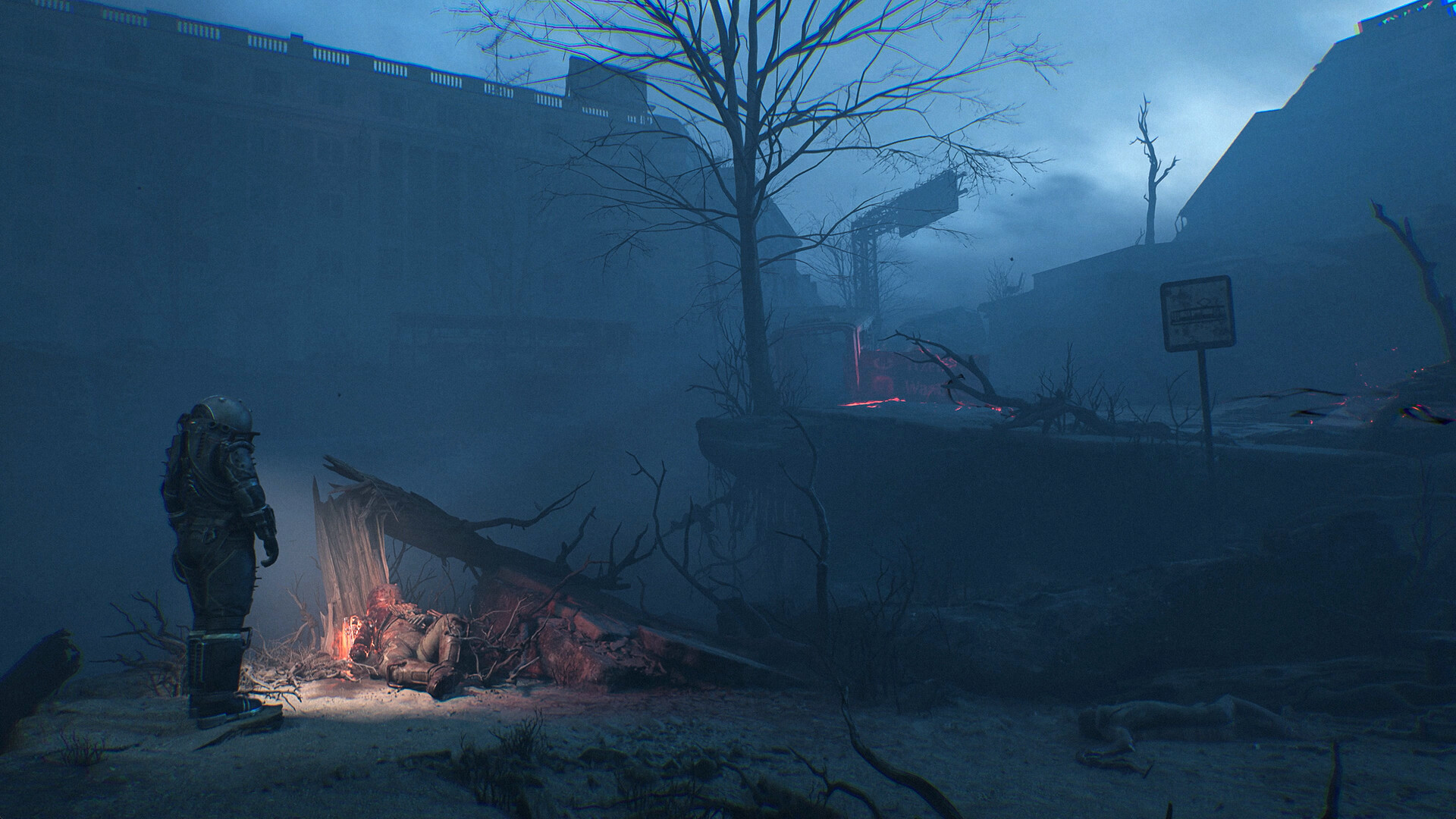
That scarcity makes every encounter tense. It also makes exploration critical. Poking around abandoned hallways often nets you an extra few rounds or healing vial that makes the next battle survivable. And beyond combat, the game layers in puzzles that demand clever use of your tools. They often ask you to think about the items you’ve collected in new ways, rewarding you with both progression and a small burst of satisfaction for figuring it out.
One of the most interesting mechanics is the Essence system. At times throughout the game, you’re able to harvest the souls of fallen people, granting buffs to your Traveller. The game limits you to equipping just 3 at a time though, resulting in a cool risk vs reward mechanic when you need to decide which essences to equip or get rid of.
It’s a brilliant push-and-pull mechanic. Do you keep an Essence to get through a tough stretch, knowing you might cripple yourself later? Or do you hold back, saving it for when things get truly desperate? I loved how this system forced me to constantly weigh short-term survival against long-term strength.
I’ll be honest, I died a lot. The game doesn’t hold your hand, and the Orphans don’t forgive mistakes. But what frustrated me most wasn’t always the deaths themselves, it was the checkpoint system. Too often, I’d enter a brutal encounter, die, and then get thrown back several minutes of gameplay. Losing progress like that chipped away at my patience. I get that Bloober wanted to amplify tension, but a more generous autosave system, or better yet, customizable difficulty options, would have made the pacing far smoother.
Thankfully, progression does soften the blows. As you advance, you unlock upgrades to your weapons, your health pool, and even your Shell itself. Each upgrade feels meaningful, turning early game struggles into manageable challenges. Hunting for hidden upgrades and extra ammo became one of my favorite parts of exploration. It gave me tangible rewards for thoroughly combing through every environment, rather than rushing from objective to objective.
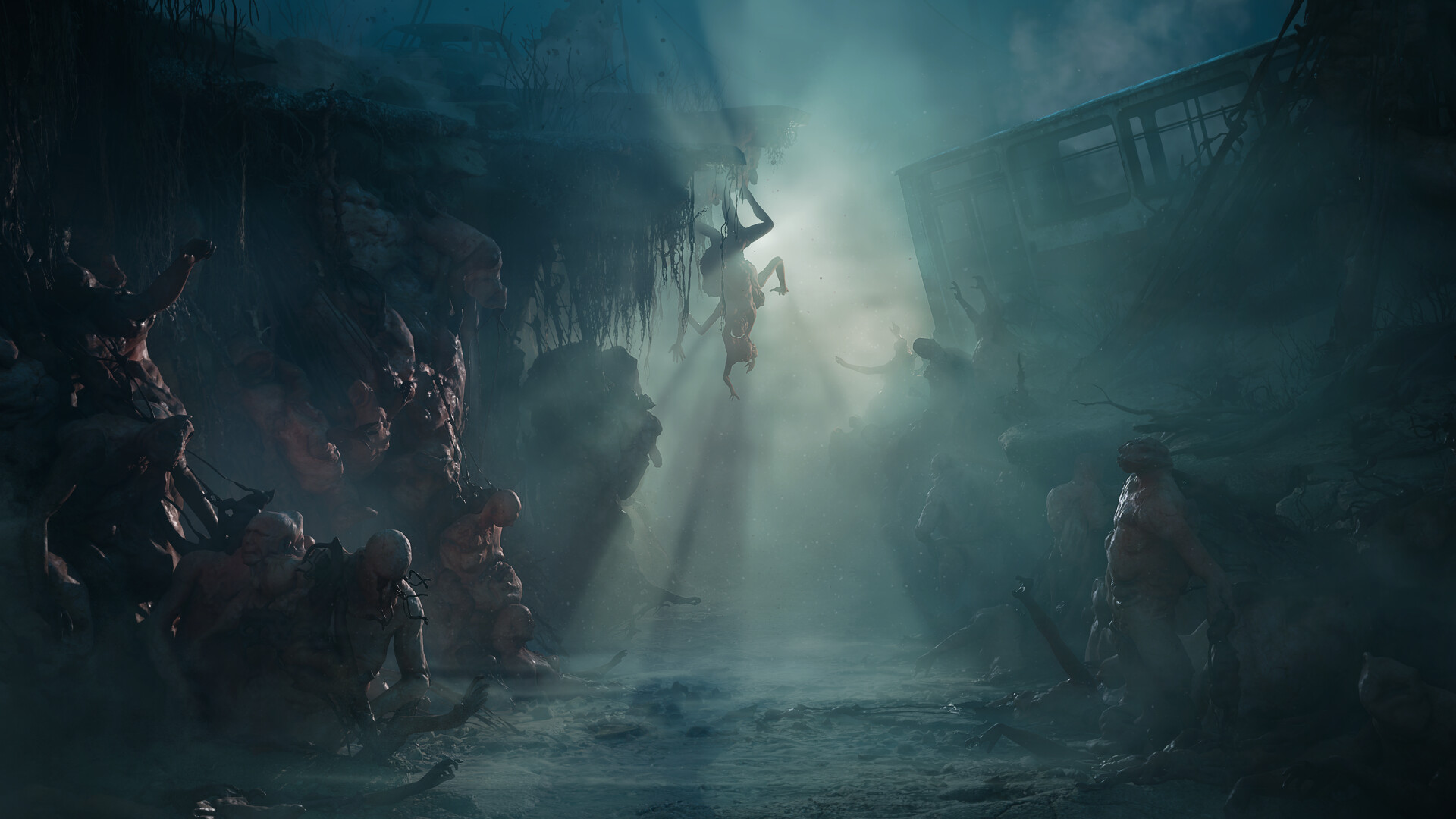
The game’s sound design is phenomenal. The score is sparse but effective, creeping in with uneasy drones or sudden sharp stings at just the right moments. More often, though, silence does the heavy lifting. The distant screech of an Orphan somewhere in the darkness is enough to make your skin crawl. Even simple environmental sounds, the hum of broken lights, the faint rustle of debris, work to unnerve you. Headphones are practically mandatory here, the audio is that immersive.
On the technical side, Cronos runs beautifully on the PS5. Frame rates are smooth, load times are snappy, and the environments look sharp and detailed. The only hiccups I noticed came during explosions, where the frame rate stuttered for a second or two. It’s not game-breaking, but is noticeable in an otherwise polished experience.
Replayability is also a strong point. Multiple endings encourage you to think carefully about your choices, and a New Game+ mode lets you carry over progress into a second run. Considering how much hidden content there is, I found myself tempted to dive back in immediately after finishing, which isn’t something I can say about many horror games.
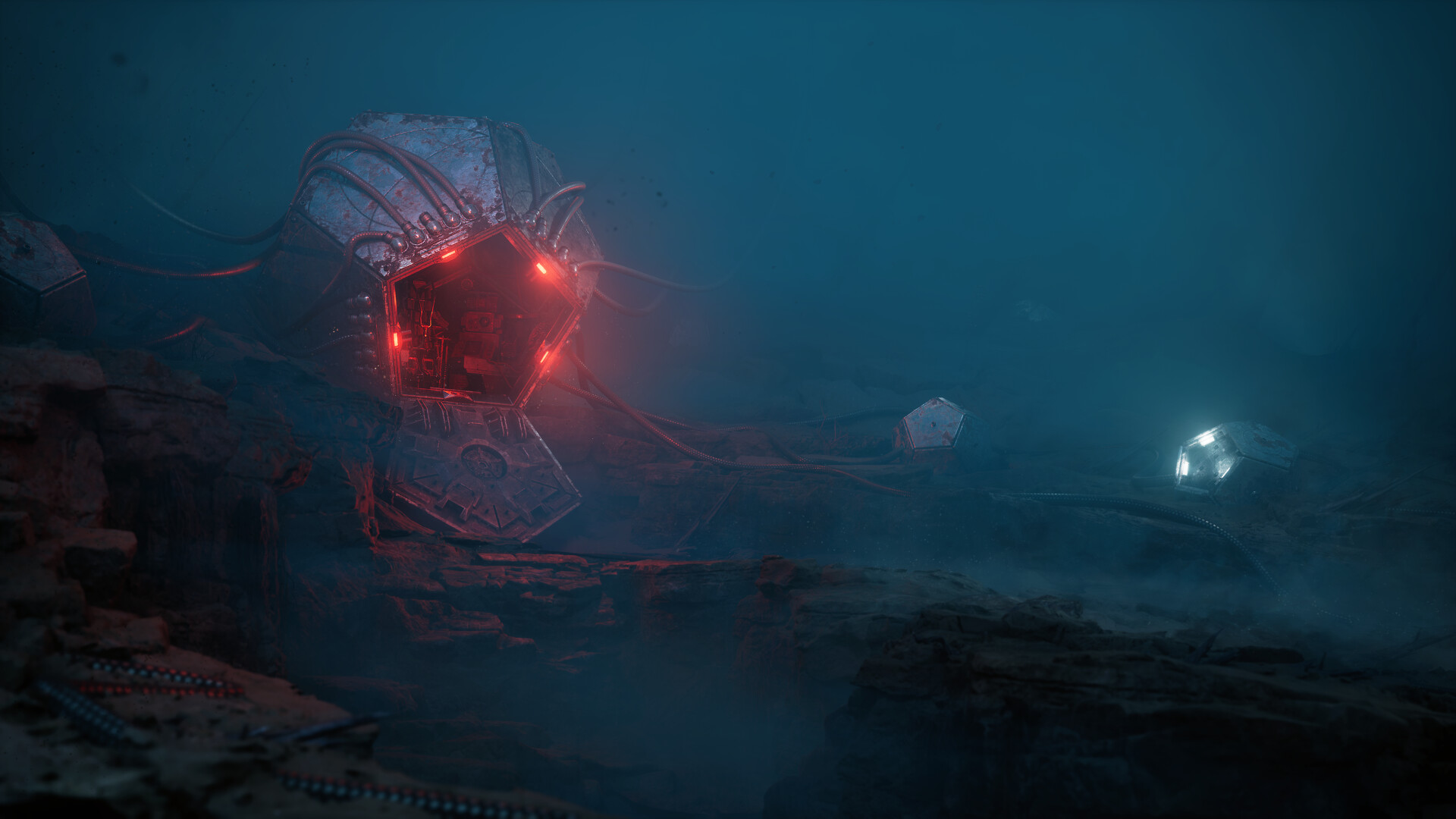
Final Thoughts
Cronos: The New Dawn is a brutal, atmospheric, and cleverly designed survival horror game that proves Bloober Team isn’t just capable of remaking classics, they can create them, too. Its mix of oppressive atmosphere, grotesque enemy design, scarce resources, and smart puzzle integration hit all the right notes for fans of the genre. Yes, the checkpoint system is frustrating, and the difficulty curve can be punishing, but the satisfaction of overcoming its challenges makes the struggle worthwhile.
If you’re hungry for a survival horror experience that respects your intelligence, challenges your reflexes, and immerses you in a world as terrifying as it is intriguing, you’ll find that Cronos: The New Dawn is absolutely worth your time.
A PS5 review code was provided by the publisher for the purpose of this review.
If you want to see more content like this and never miss one of our frequent gaming and anime giveaways come and Follow Ani-Game on Twitter.
8.5
- + Great, chilling atmosphere
- + Intelligent story that let’s you piece together things on your own
- + Grotesque and unsettling art direction
- + Soundtrack that complements the creepiness of the environments
- - Frustrating Autosaves checkpoint system
